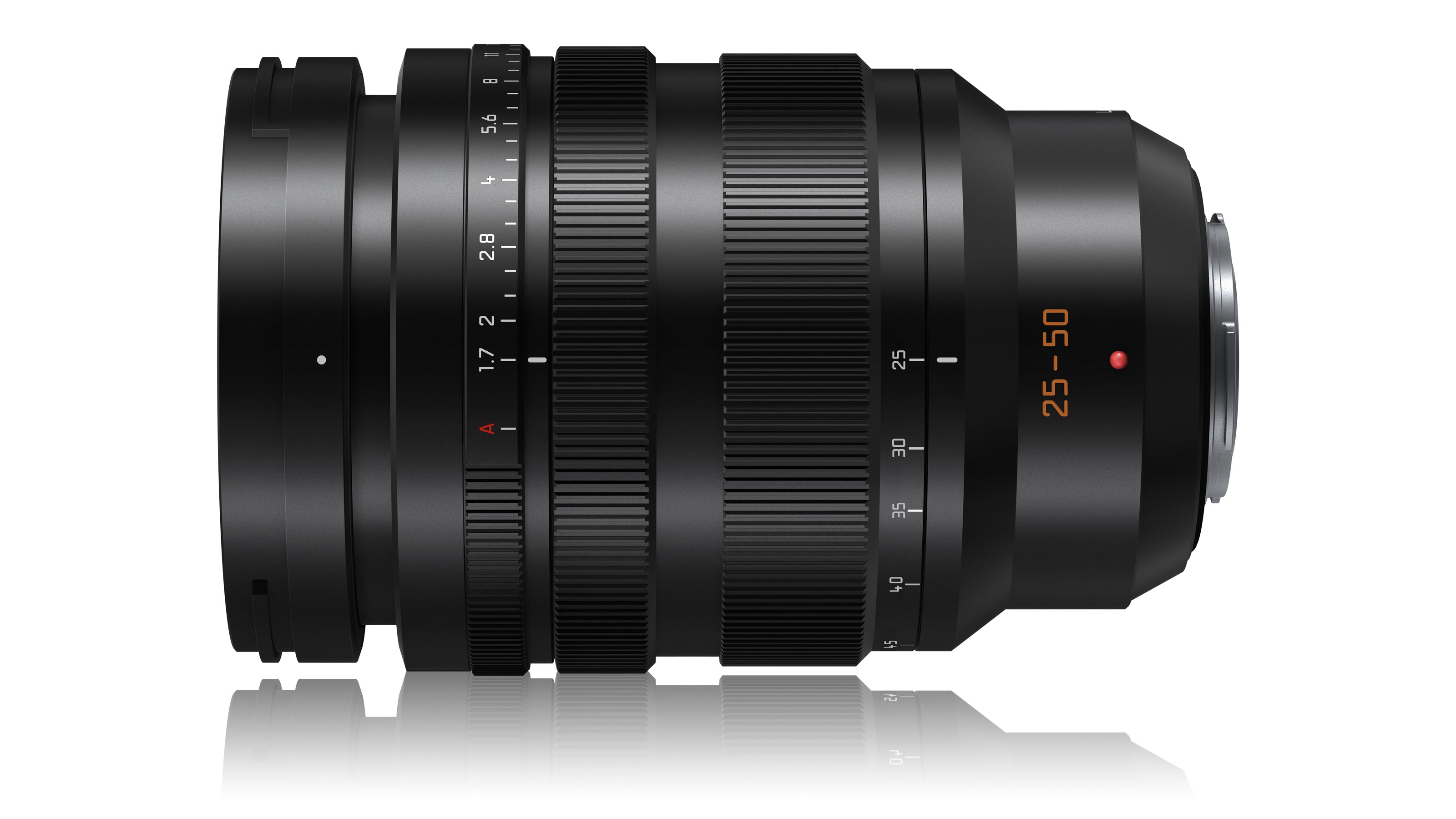Would you feel cheated if a "Leica" lens was designed by Konica Minolta?
Claims surface that yet more "Leica" lenses are actually designed by somebody else

If you paid good money for a lens made by big brand, would you feel cheated if it turns out that it was actually made by somebody else? It's an interesting question – and one that has been brought to the fore by speculation that Leica once again outsourced the design of its lenses.
According to a new report, the Leica DG Vario-Summilux 10-25mm f/1.7 and Leica DG DG Vario-Summilux 25-50mm f/1.7 Micro Four Thirds lenses are not, in fact, designed by Leica, but rather by Konica Minolta.
So, if you bought a pricey Leica lens, would you a) expect it to be designed by Leica, and b) would you be upset if it turns out that it was made by someone else – especially an extinct camera brand that died a dinosaur-like death years ago?
Now, things are slightly muddier when it comes to Leica-branded Micro Four Thirds lenses. Given Leica's ties with Panasonic, it is widely accepted that these optics are actually designed by Panasonic – hence them being nicknamed "Panaleica" lenses among the photo community, to distinguish them from 'real' Leica-designed glass.
For reference, Leica has a history of rebadging Panasonic products, such as the Leica V-Lux 5 (a Panasonic FZ1000 with a red dot on the front), Leica D-Lux 7 (a Panasonic LX100 II in a new body), and arguably the Leica SL2 (whose specs and performance are uncannily similar to the Panasonic S1R).
So, many already assumed that these Leica lenses were designed by somebody else. But the suggestion by 43 Rumors that this somebody else is actually Konica Minolta, rather than Panasonic, feels even more obfuscatory.
Again, this isn't the first time that Leica has been accused of putting its name on lenses that somebody else designed. It was claimed that the L-mount Leica Vario-Elmarit-SL 24–70mm f/2.8 ASPH is actually a rebodied version of the Sigma 24-70mm f/2.8 AF DG DN. And this practice may have been going on for some time, as it was also said that the Leica Vario-Elmar 28-70/3,5-4,5 lens from the Nineties was a repurposed Sigma lens.
The best camera deals, reviews, product advice, and unmissable photography news, direct to your inbox!
This practice certainly feels… less than transparent. Ultimately, if a lens delivers the goods optically, it doesn't matter who designed it. We can't help wondering, though, how much outrage there would be if it was discovered that Canon wasn't designing its own lenses. After all, what's the point in buying into a system if you don't know what you're actually getting? Especially a premium brand with a premium price tag.
Read more:
Best Leica M lenses
Best Leica SL lenses
Best Micro Four Thirds cameras

James has 25 years experience as a journalist, serving as the head of Digital Camera World for 7 of them. He started working in the photography industry in 2014, product testing and shooting ad campaigns for Olympus, as well as clients like Aston Martin Racing, Elinchrom and L'Oréal. An Olympus / OM System, Canon and Hasselblad shooter, he has a wealth of knowledge on cameras of all makes – and he loves instant cameras, too.
